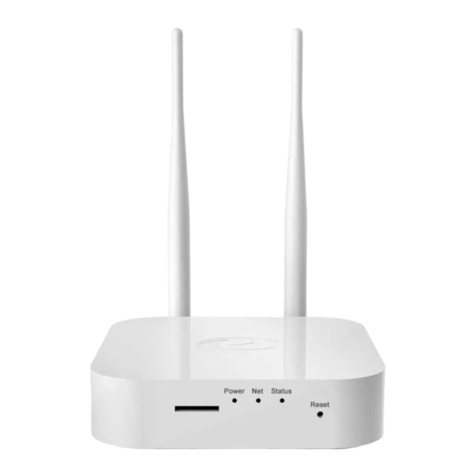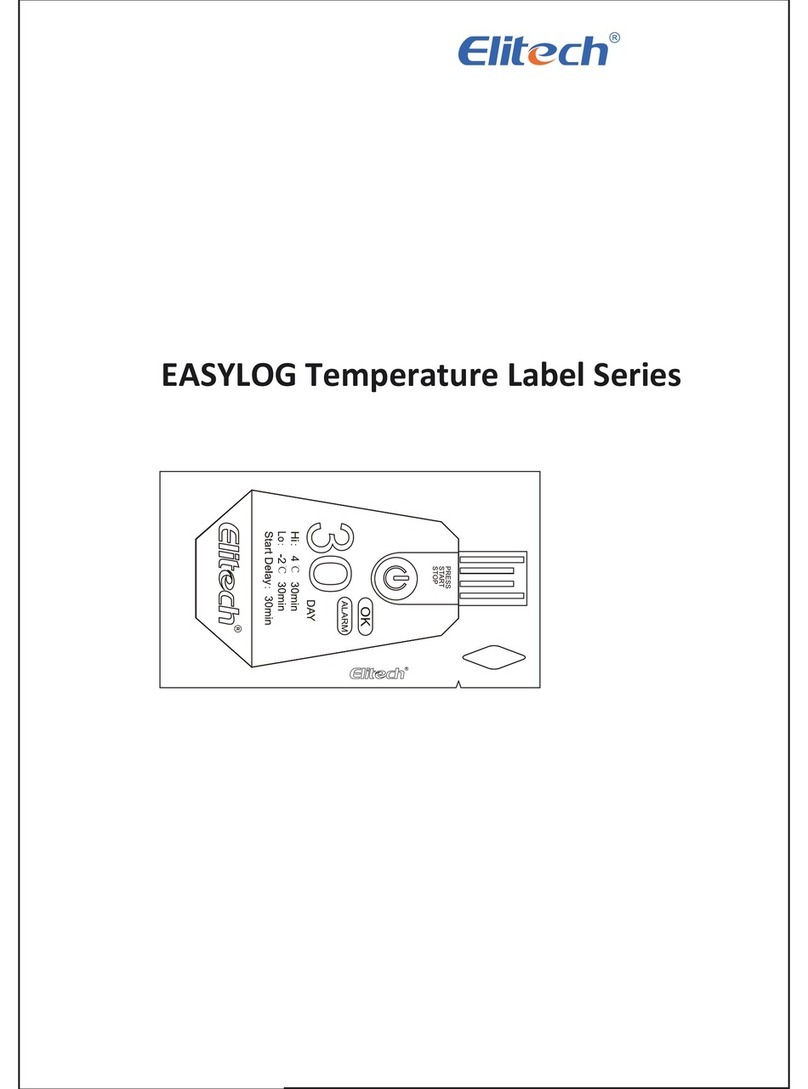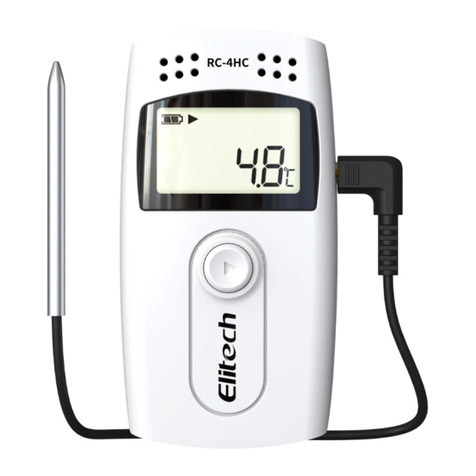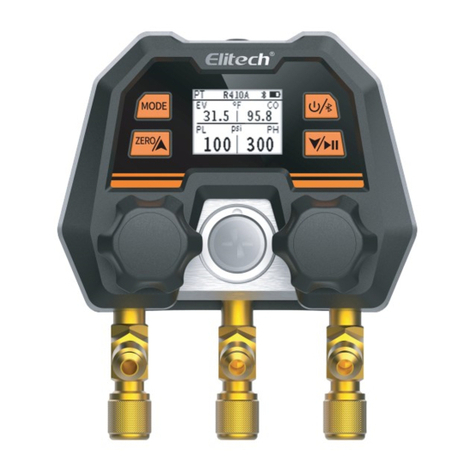
7
1.1 Overview
This manual describes the complete procedure for the laboratory diagnosis of cystic brosis, particularly
in the early neonatal period, through examination of sweat electrolyte concentration using measurement
of electrical conductivity. The rst section gives a brief description of the system, its components, and
how to set up the system. The second section describes the procedure for stimulating and analyzing
sweat. The third section gives needed information on the analysis of sweat. In addition, instructions for
troubleshooting and maintenance of the system are provided in the fourth section. A detailed description
of the development of the Nanoduct System is presented later in the manual, along with additional useful
information.
Intended Use
The Nanoduct Neonatal Sweat Analysis System is intended for laboratory use by qualied personnel to
provide laboratory diagnosis of cystic brosis.
Application
Anyone operating a Nanoduct Neonatal Sweat Analysis System must be thoroughly familiar with the
procedures and cautionary information detailed in this manual before attempting a sweat test. Abbreviated
instructions printed elsewhere are provided for reference only. Do not use them as a substitute for the
complete information contained in this manual.
The Pilogel Discs for Nanoduct are designed to be used with this instrument and should be used wherever
they are legally available. In areas where they are not available, users should check with ELITechGroup
for the availability of ber pilocarpine reservoirs of the same size as Pilogel discs, for use with pilocarpine
solutions supplied by the user. Unless otherwise indicated, any mention of Pilogel discs in this manual
applies equally to the ber pilocarpine discs.
Safety Regulations (Nanoduct Model 1030)
Classication
This equipment is classied as Type BF Medical Equipment, Internally Powered.
This device has been built and tested in accordance with safety regulations under EN 60601-1. In order
to maintain this condition and ensure safe operation, the operator must observe all the instructions and
warnings contained in this manual. For current information about applicable standards, please refer to the
CE Declaration of Conformity included with the documents shipped with this device.
NOTE: This equipment complies with the following emission and immunity requirements: IEC/EN 60601-1-
2 and FCC CFR 47 Part 15 Class B/ICES-003 Class B (using IEC CISPR 22 / EN55022).
Specication of Safe Use
Using this equipment in a manner not specied by ELITechGroup may impair safety protection and may
lead to injury. Do not use where ammable anesthetic is present or in any oxygen-enriched environment.
Do not connect the serial port or USB port to external sources while the Nanoduct is connected to a
patient.
WARNING!
Do not use this equipment if it is not functioning properly.
Section 1: Introduction
































